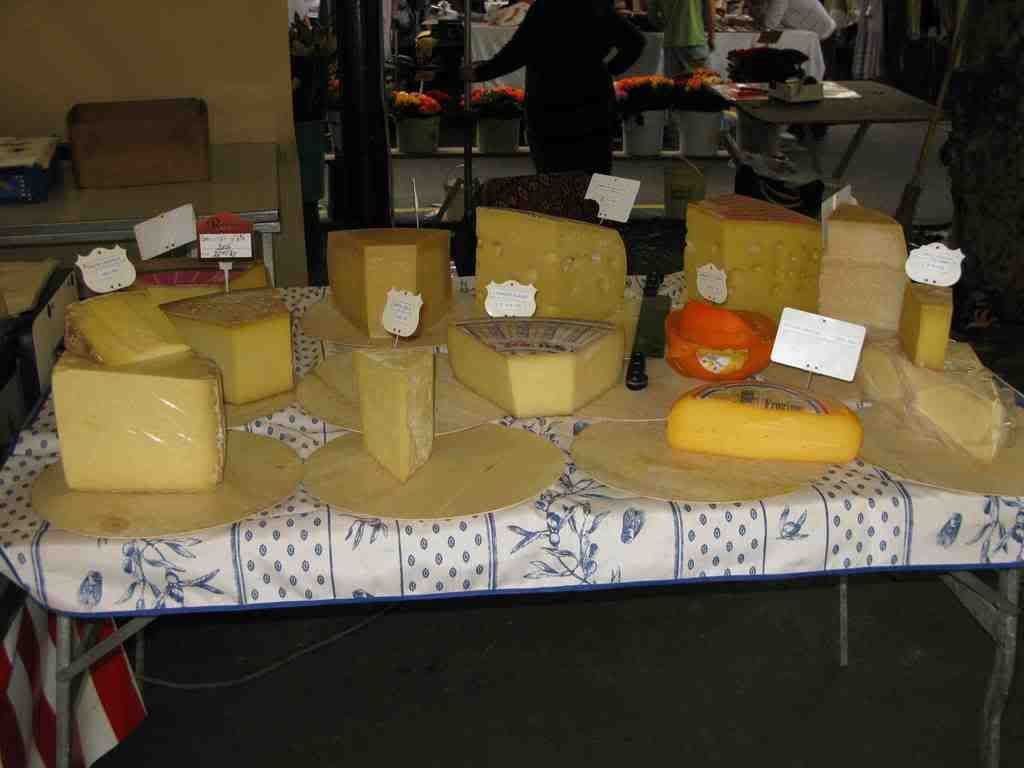Can the New World teach the Old?
The US and Canadian systems for notifying consumers promptly about foodborne disease outbreaks has been criticized from time to time, both on this blog and elsewhere. Usually, the complaint is either a lack of transparency or a perceived delay in spreading the news.
But the notification system in France makes the Canadian and US systems look very good by comparison.
Last week, French consumers learned officially for the first time that raw milk cheese contaminated with staphylococcal enterotoxin had sickened 23 people in six different metropolitan departments (i.e., provinces) of France during October and November of 2009 – more than four months ago.
Although French authorities notified other countries (including Belgium, Germany, Japan, the Netherlands and the UK) to which the contaminated cheese had been exported in mid-November, French consumers were left in the dark. As were consumers in the five other countries to which the cheese was shipped.
Even today, no one has identified the manufacturer, the brand, or the retailers who distributed the contaminated cheese. All we know is that the incriminated food was a soft cheese made from unpasteurized milk.
Investigators with France's Food Safety Agency, and the Ministry of Agriculture determined that three batches of cheese were responsible for the 23 illnesses. All three batches contained staphylococcal enterotoxin; all were manufactured by the same producer during a two week period; all were made using unpasteurized milk from a single milk storage tank. And all of the Staphylococcus aureus isolates that were found in the remaining cheese samples carried same genetic fingerprint.
The outbreak report that appeared last week does not discuss the possible source of the bacterial contamination – it could have been a single mastitic cow, a farm worker, or even a worker at the cheese manufacturer. Instead, the authors closed their outbreak report with the following self-congratulatory statement:
"Finally, this study illustrates that the French national surveillance system is able to detect rare events. The staphylococcal food poisoning outbreaks linked to SEE ingestion described here were quickly identified through a close collaboration between the Health Emergency Mission, the National institute for public health surveillance and the EU-RL with laboratories involved in food surveillance for coagulase-positive staphylococci and staphylococcal enterotoxins and the good cooperation of all parties involved. The rapid recall of contaminated cheese batches by the French Ministry of Food, Agriculture and Fishery prevented further cases."
It's too bad no one thought to tell the French public!
French blogger Albert Amgar has – with good reason – taken his government to task on several recent occasions over its inadequate system for notifying consumers of foodborne hazards. I wonder how France would have handled the recent Salmonella Montevideo investigations in the United States, or the 2008 Listeria monocytogenes illnesses in Canada? Under the French notification system, we'd still be in the dark about the origin and identity of the contaminated foods that sparked those foodborne disease outbreaks.
Note To Self: The food safety grass isn't always greener on the other side of the pond.
If you would like to receive automatic email alerts for all new articles posted on eFoodAlert, please click here or submit your request using the sidebar link. Please include "subscribe eFoodAlert" in the subject line.






No comments:
Post a Comment
Note: Only a member of this blog may post a comment.